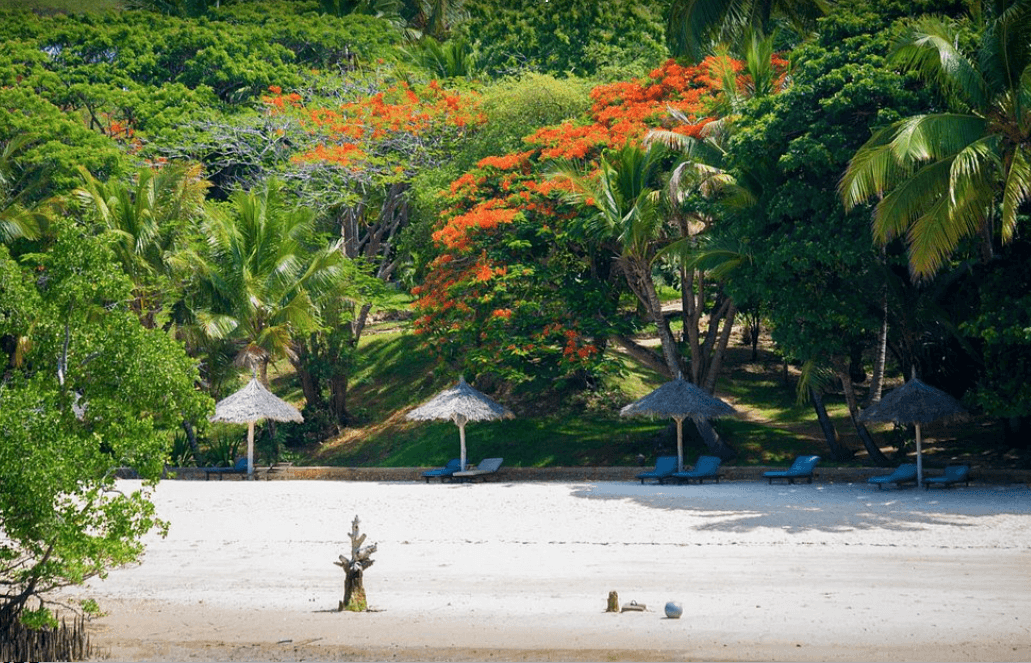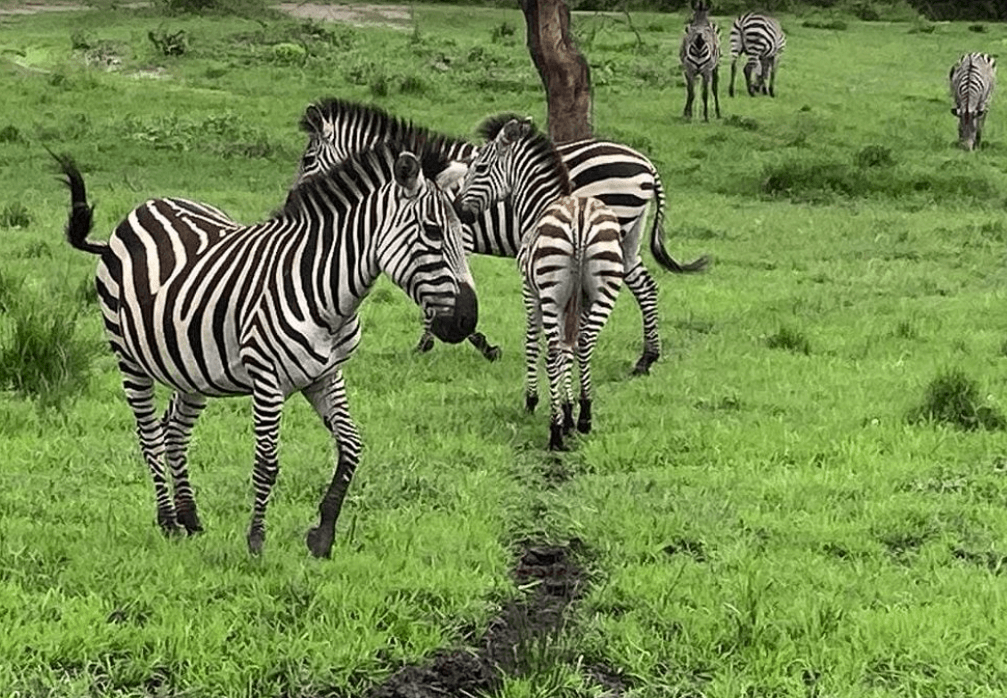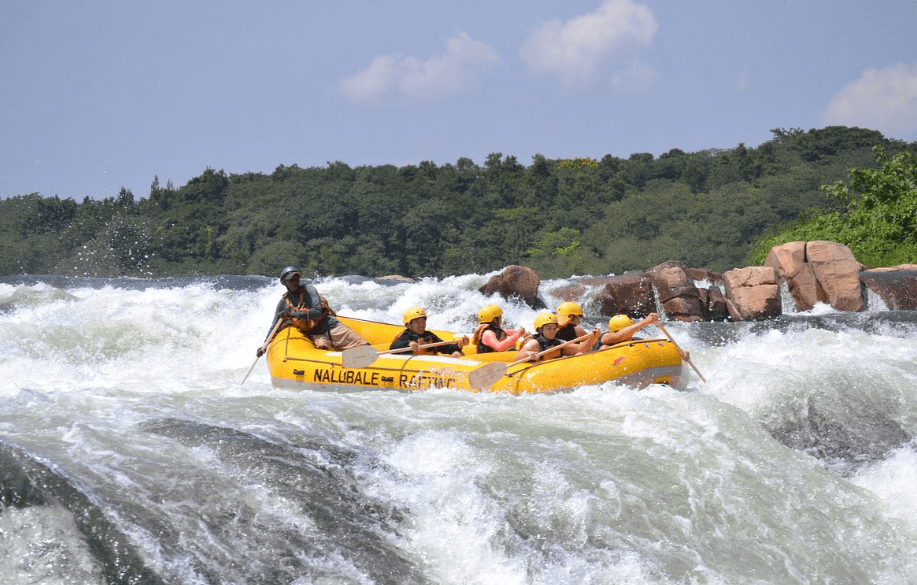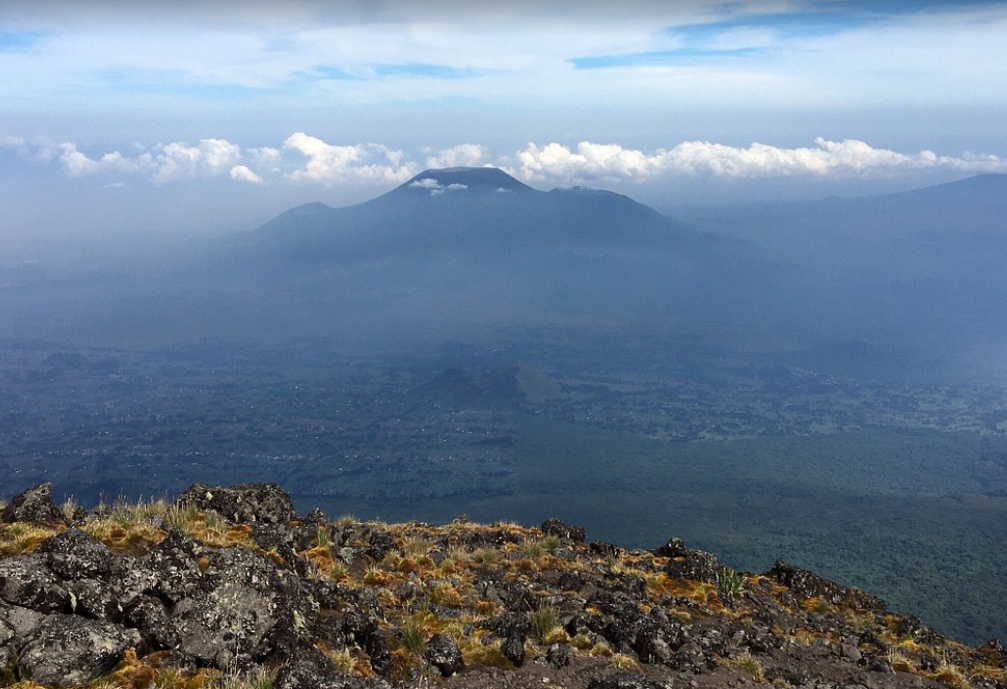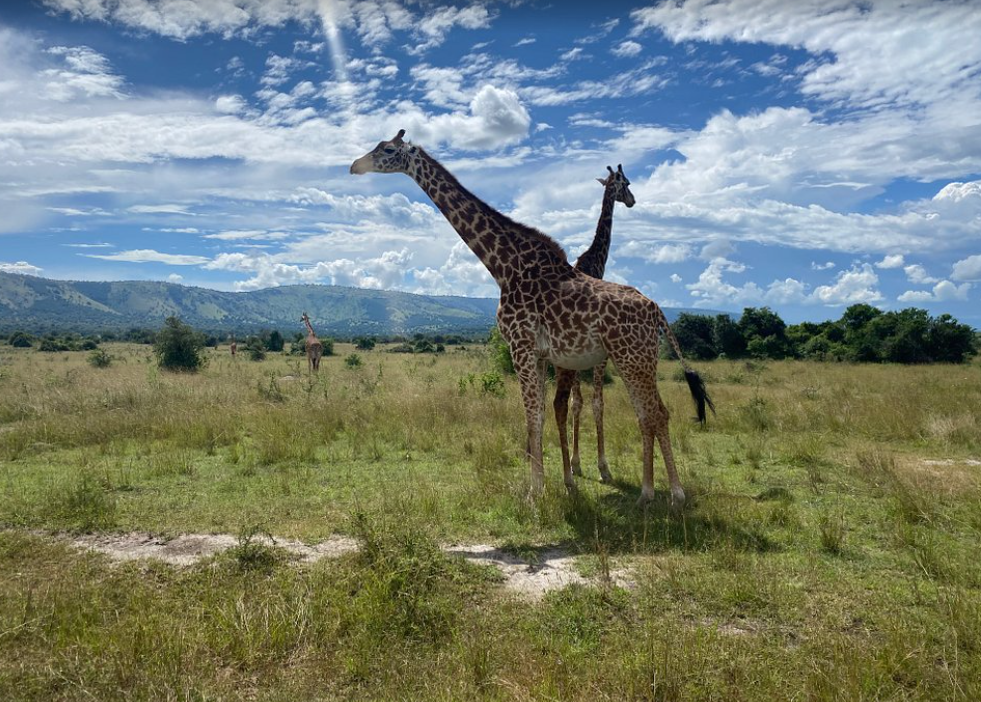Amboseli National Park: A Detailed Guide
Amboseli National Park, located in southern Kenya near the border with Tanzania, is one of Africa’s most stunning wildlife reserves. Covering an area of about 392 square kilometers, Amboseli National Park is famous for its breathtaking views of Mount Kilimanjaro, the highest free-standing mountain in the world.
The park’s name, “Amboseli,” comes from a Maasai word meaning “salty dust,” which aptly describes the dry and dusty conditions that prevail during the dry season. Despite its arid landscape, Amboseli is a vibrant ecosystem teeming with diverse wildlife, including large herds of elephants, lions, cheetahs, and over 400 species of birds. The park offers a unique blend of scenic beauty, cultural experiences, and abundant wildlife, making it a must-visit destination for any safari enthusiast.
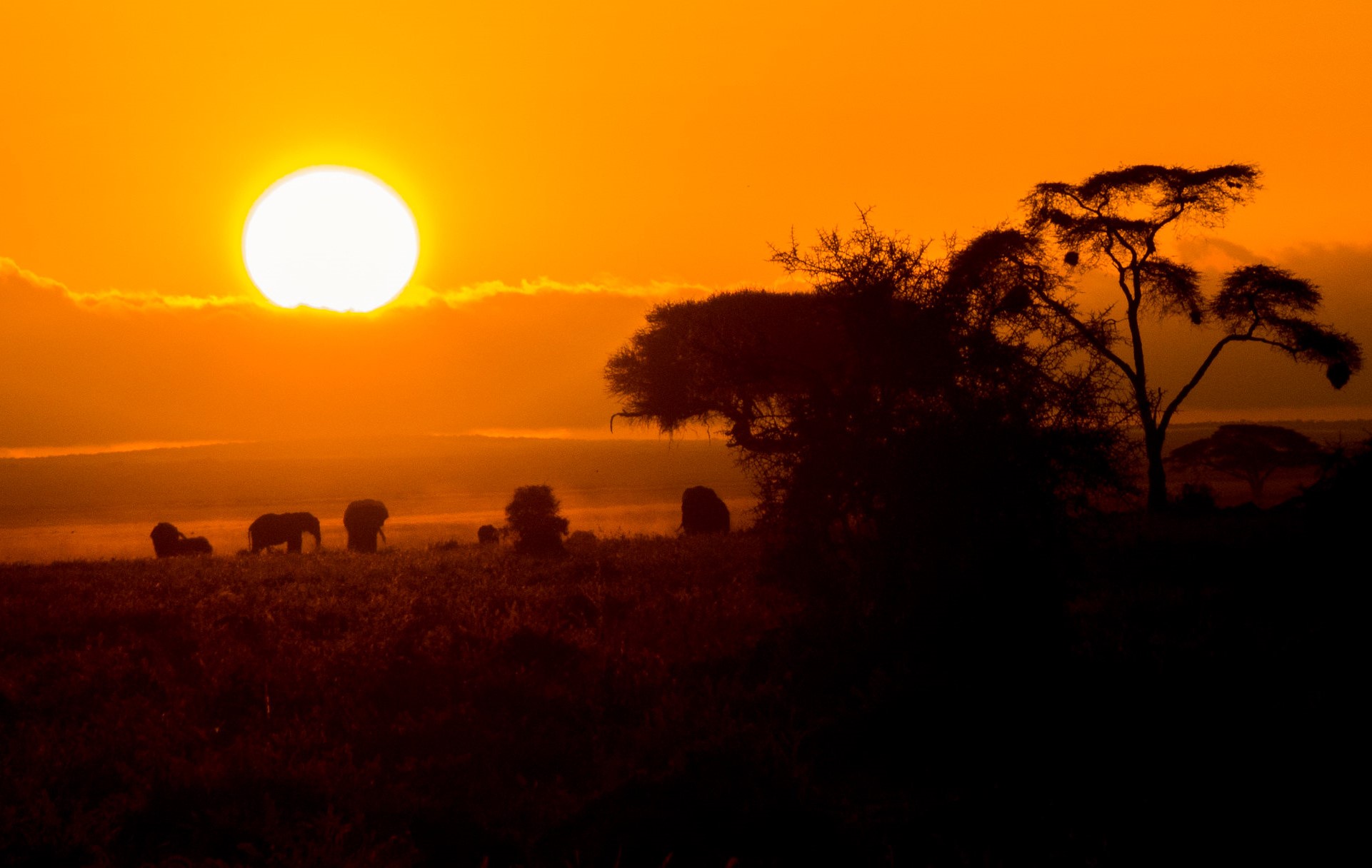
How to Get to Amboseli National Park
By Air
Flying to Amboseli is the most convenient and time-efficient way to reach the park. Several airlines operate daily flights from Nairobi’s Wilson Airport to Amboseli’s airstrip, which is located within the park. The flight takes approximately 45 minutes, offering passengers a bird’s-eye view of the stunning Kenyan landscape, including the iconic Mount Kilimanjaro. Upon landing, visitors are typically met by their lodge or camp representatives who provide transfers to their accommodations.
By Road
For those who prefer to travel by road, Amboseli National Park is accessible via a 240-kilometer (150-mile) drive from Nairobi, which takes approximately 4 to 5 hours. The journey from Nairobi follows the Nairobi-Mombasa highway, passing through the town of Emali, from where you turn off onto a 96-kilometer (60-mile) road leading directly to the park. While the drive can be long, it offers an opportunity to experience the Kenyan countryside and see local villages and towns along the way. A 4×4 vehicle is recommended, especially during the rainy season when roads can become muddy and challenging to navigate.
By Private Charter
For a more personalized travel experience, visitors can opt for a private charter flight directly to Amboseli. Private charters offer flexibility in terms of departure times and can land at several airstrips within or near the park. This option is ideal for groups or families seeking a more exclusive and comfortable journey.
Tourist Activities at Amboseli National Park
1. Game Drives
Game drives are the highlight of any visit to Amboseli National Park. The park is renowned for its large herds of elephants, often seen moving gracefully across the plains with Mount Kilimanjaro as a majestic backdrop. Besides elephants, visitors can expect to see lions, cheetahs, hyenas, giraffes, zebras, wildebeest, and numerous antelope species. Morning and late afternoon game drives offer the best chances of wildlife sightings, as animals are more active during the cooler parts of the day. Experienced guides accompany game drives, sharing their knowledge of the park’s ecosystem and helping visitors spot and identify the various species.
2. Bird Watching
Amboseli is a birdwatcher’s paradise, with over 400 bird species recorded within the park. The park’s diverse habitats, including wetlands, savannah, and woodlands, attract a wide variety of birds. Some of the notable species include the African fish eagle, the martial eagle, the lesser flamingo, and the crowned crane. The best time for bird watching is during the wet season (from November to April) when migratory birds from Europe and Asia join the resident species, creating a vibrant display of colors and sounds.
3. Cultural Visits
A visit to Amboseli is incomplete without engaging with the local Maasai community. The Maasai people have lived in the region for centuries and continue to practice their traditional way of life. Visitors can explore a Maasai village (manyatta) to learn about their customs, rituals, and daily activities. Cultural visits often include traditional dance performances, a demonstration of how the Maasai build their homes, and an opportunity to purchase handmade crafts and jewelry. These interactions provide a deeper understanding of Maasai culture and contribute to the local economy through tourism.
4. Photography Safaris
Amboseli is a dream destination for photographers, offering a unique combination of wildlife and scenic landscapes. The iconic image of elephants with Mount Kilimanjaro in the background is a sought-after shot for many photographers. The park’s open plains, swamps, and woodlands provide a variety of settings for capturing stunning images of wildlife. Photographers can take advantage of the early morning and late afternoon light to capture the golden hues that enhance the beauty of the landscape. Specialized photography safaris are available, with guides who understand the needs of photographers and can position vehicles for the best shots.
5. Guided Nature Walks
Guided nature walks offer a more intimate and immersive experience of Amboseli’s natural environment. Accompanied by knowledgeable Maasai guides, visitors can explore the park on foot, learning about the smaller flora and fauna that are often overlooked during game drives. The guides share their extensive knowledge of the local ecosystem, pointing out animal tracks, medicinal plants, and interesting insects. Nature walks are typically conducted in areas outside the main park, such as private conservancies, where walking is permitted. This activity is ideal for those who want to connect with nature on a deeper level.
6. Visit to Observation Hill
Observation Hill is one of the few places in Amboseli where visitors are allowed to step out of their vehicles and walk around. This hill offers panoramic views of the entire park, including the wetlands, open plains, and the towering Mount Kilimanjaro. It is an excellent spot for photography, bird watching, or simply enjoying the breathtaking scenery. The climb to the top of the hill is relatively easy and takes about 10 minutes, making it accessible to most visitors. The hill is especially popular during sunrise and sunset when the views are most spectacular.
Accommodations in Amboseli National Park
FAQs About Amboseli National Park
1. When is the best time to visit Amboseli National Park?
The best time to visit Amboseli National Park is during the dry season, from June to October and from January to February. During these months, the wildlife congregates around the park’s water sources, making it easier to spot animals. The clear skies also offer the best views of Mount Kilimanjaro. However, Amboseli can be visited year-round, with each season offering unique experiences.
2. Is Amboseli National Park safe for tourists?
Yes, Amboseli National Park is generally safe for tourists. The park is well-patrolled, and the lodges and camps have security measures in place. It is important to follow the guidance of your guide, especially when on game drives or nature walks, as wildlife can be unpredictable.
3. What should I pack for a safari in Amboseli?
When packing for a safari in Amboseli, bring lightweight, neutral-colored clothing, a wide-brimmed hat, sunglasses, sunscreen, insect repellent, and a good pair of binoculars. Evenings and early mornings can be chilly, so include a warm jacket or fleece in your luggage. Don’t forget your camera with extra batteries and memory cards to capture the incredible wildlife and landscapes.
4. Can I visit Amboseli National Park with children?
Yes, Amboseli National Park is family-friendly, and many lodges and camps offer activities tailored for children, such as bushcraft lessons, guided walks, and visits to Maasai villages. Some accommodations also provide family rooms or tents, babysitting services, and child-friendly meals.
5. Do I need a visa to visit Amboseli National Park?
Most international visitors to Kenya, including those visiting Amboseli National Park, require a visa. Visas can be obtained online through the eVisa platform or upon arrival at the airport. It is advisable to check the latest visa requirements before traveling, as they can vary depending on your nationality.
6. What currency is used in Amboseli National Park?
The official currency in Kenya is the Kenyan Shilling (KES). However, U.S. dollars are widely accepted at lodges, camps, and for park entry fees. It is recommended to carry some local currency for smaller transactions and tips.
7. How can I contribute to conservation efforts in Amboseli?
Visitors to Amboseli National Park actively contribute to conservation efforts by staying at eco-friendly lodges and camps, participating in community-based tourism activities, and supporting local conservation projects. Many lodges collaborate closely with Maasai communities, ensuring that a portion of tourism revenue directly benefits both conservation and community development.
Amboseli National Park provides a truly unique and unforgettable safari experience, seamlessly blending stunning landscapes, abundant wildlife, and rich cultural heritage. Whether you’re mesmerized by elephants roaming against the majestic backdrop of Mount Kilimanjaro, excited to engage with the Maasai community, or simply seeking a tranquil and scenic retreat, Amboseli has something for everyone. Plan your visit to this remarkable destination and discover why it is one of Kenya’s most treasured national parks.

